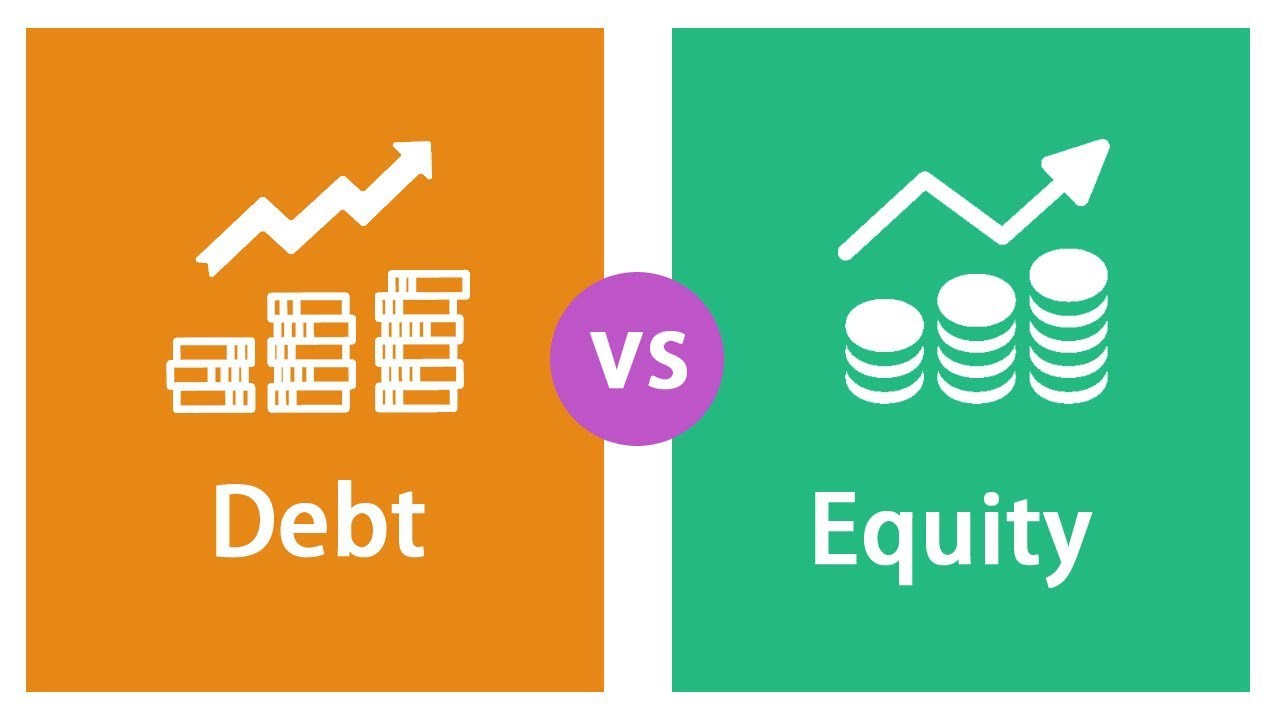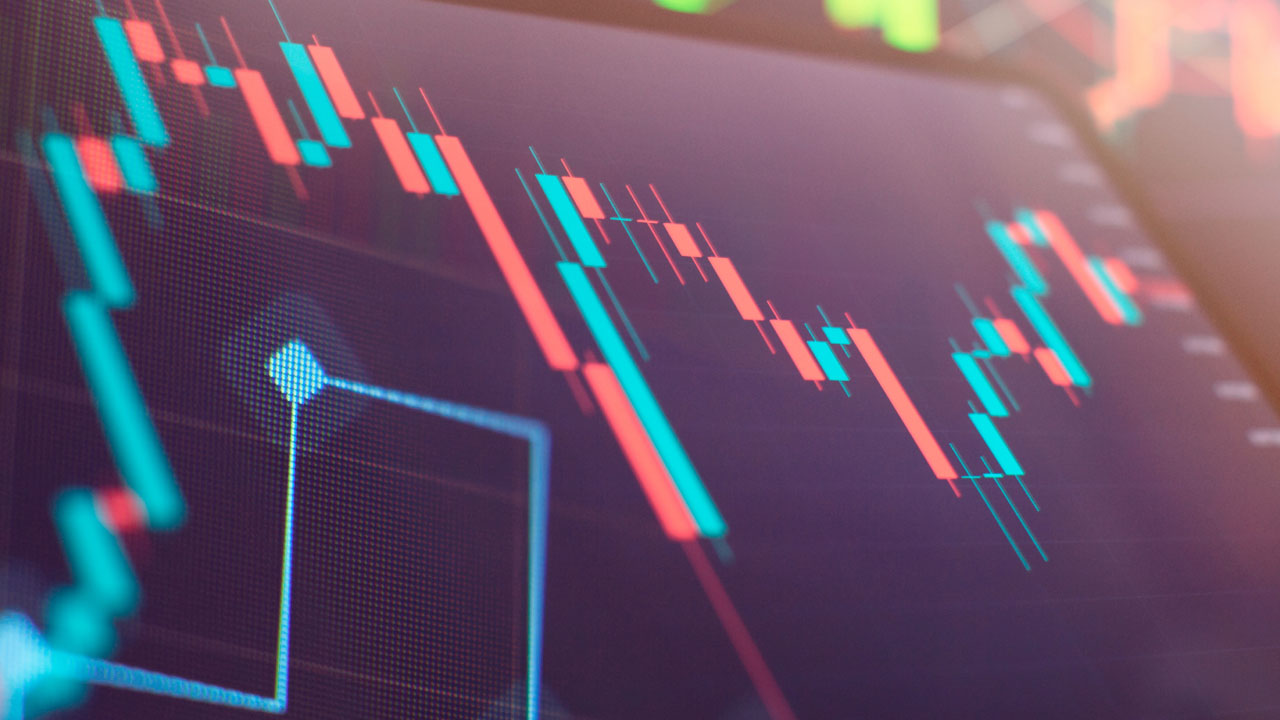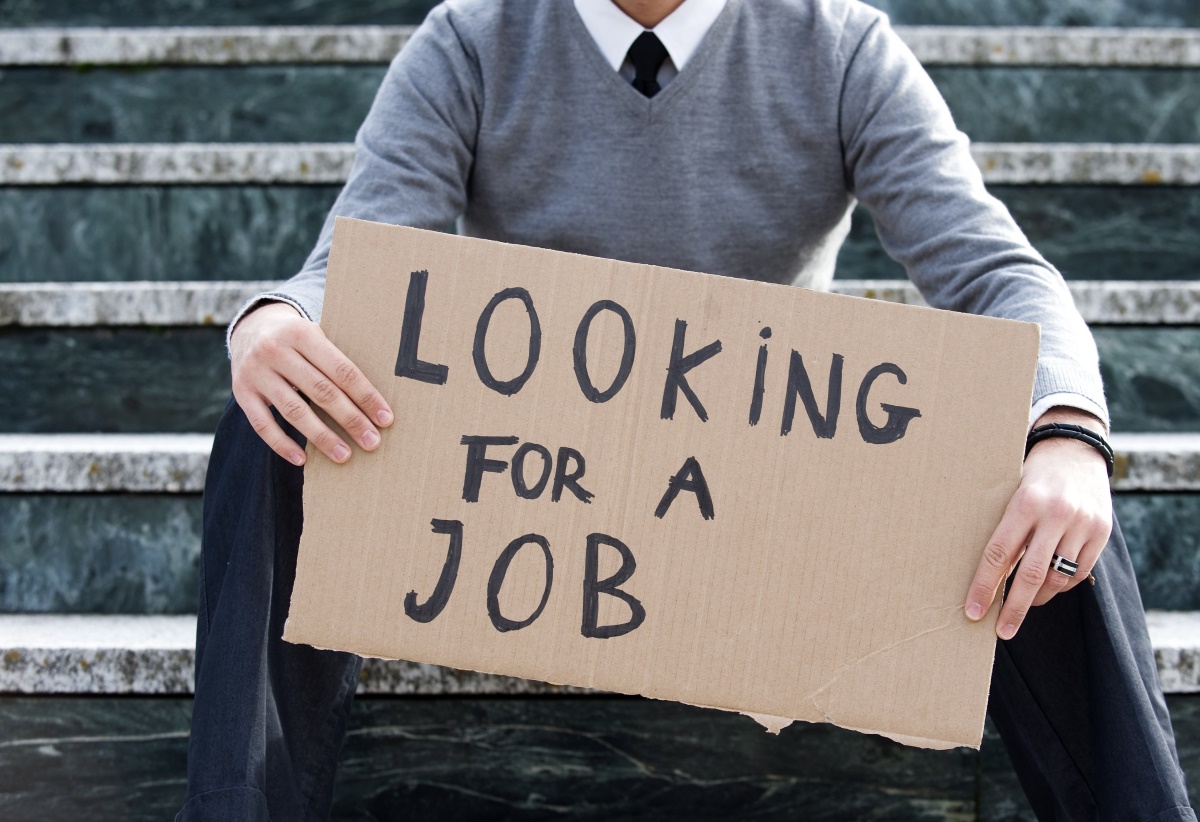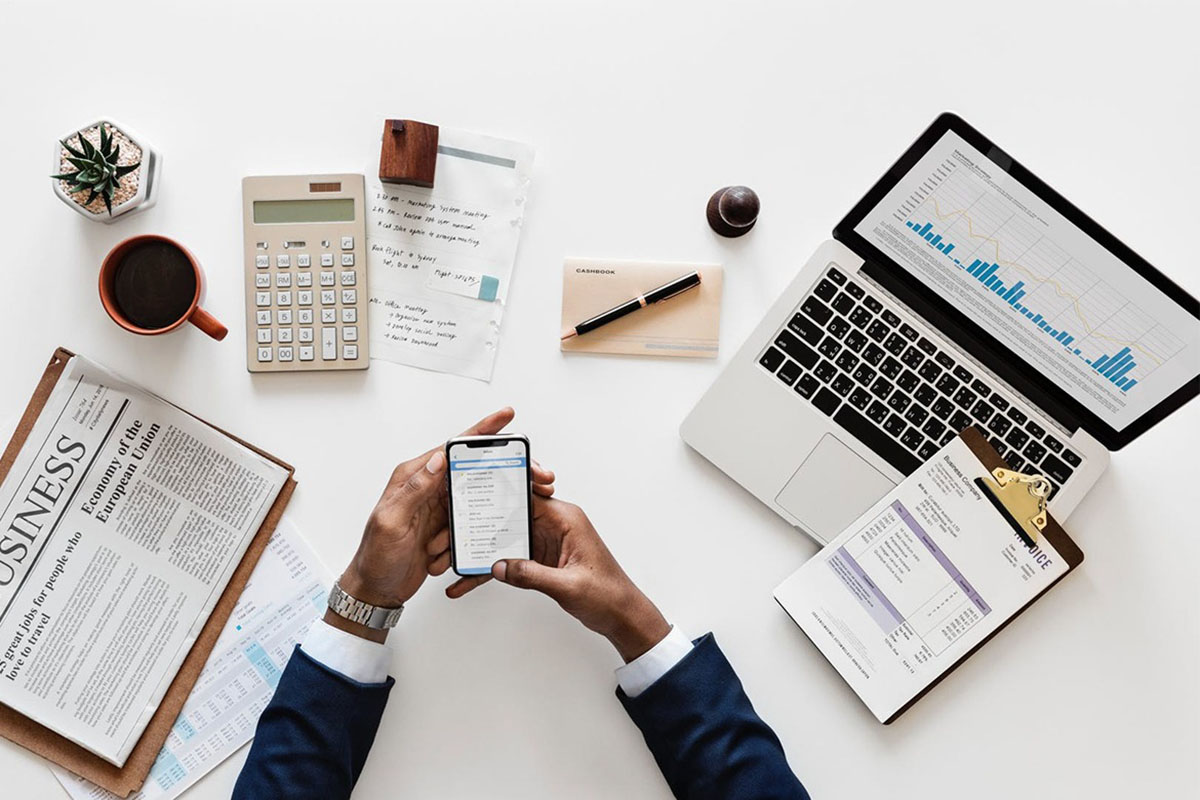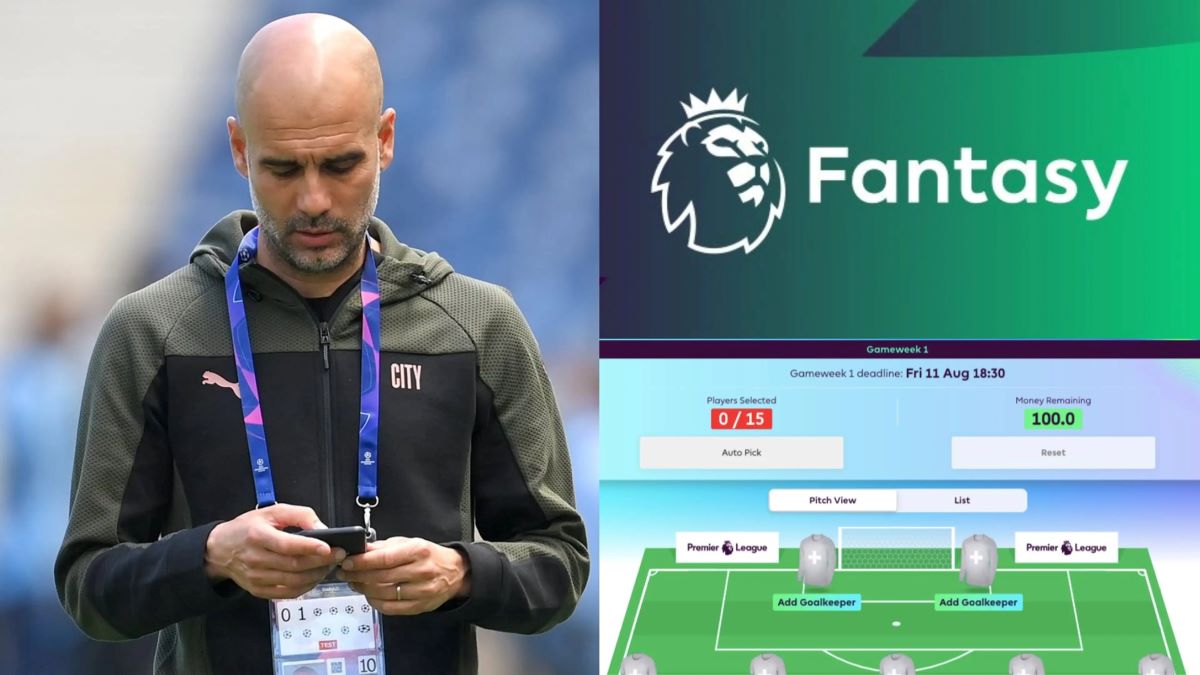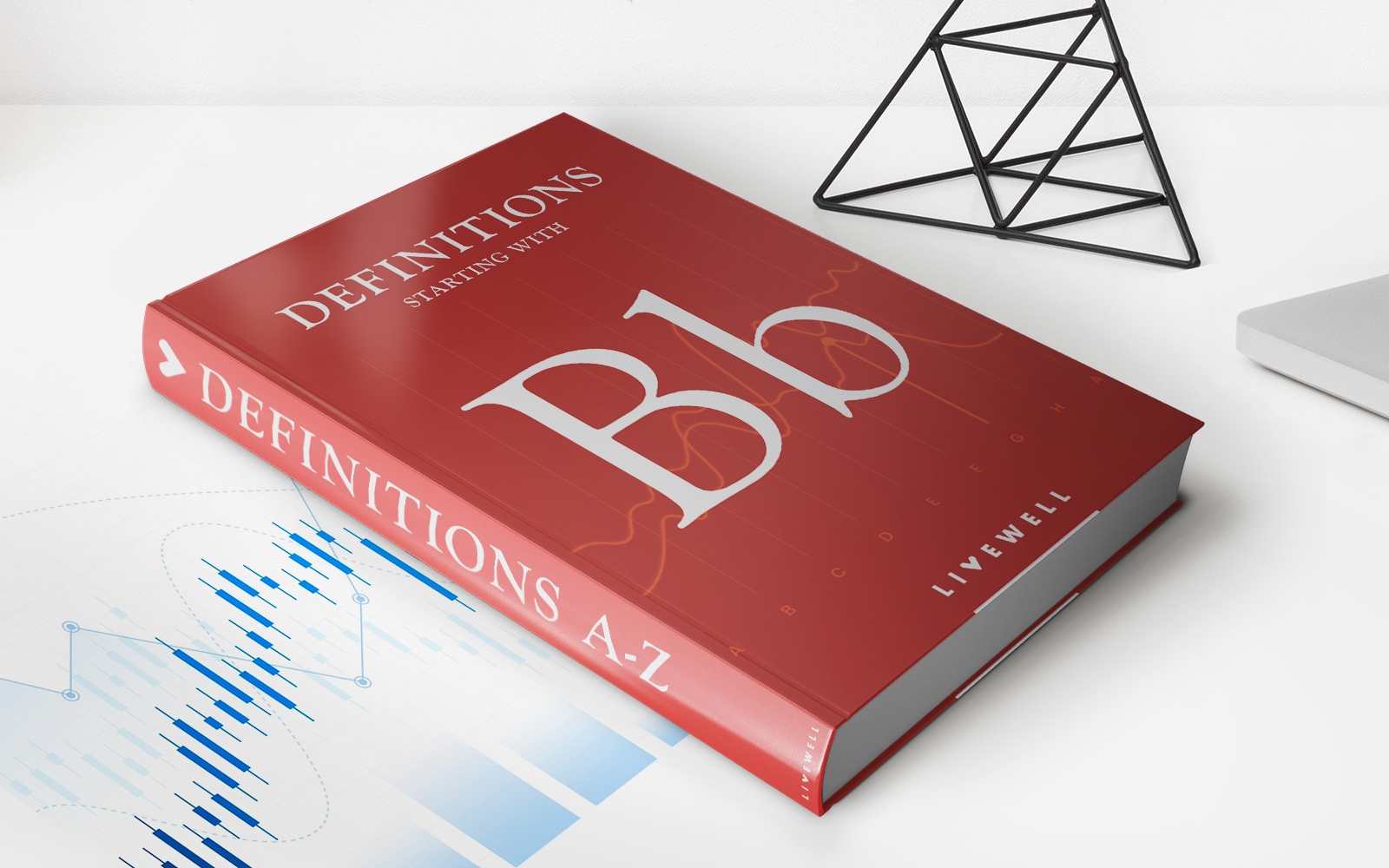Home>Finance>What Is The Difference Between A Recession And Inflation?


Finance
What Is The Difference Between A Recession And Inflation?
Published: October 19, 2023
Learn about the key distinctions between a recession and inflation in the world of finance, and understand how they impact economies.
(Many of the links in this article redirect to a specific reviewed product. Your purchase of these products through affiliate links helps to generate commission for LiveWell, at no extra cost. Learn more)
Table of Contents
Introduction
Understanding the concepts of recession and inflation is essential for anyone interested in the field of finance. Both recession and inflation are economic terms that refer to fluctuations in the overall health of an economy. While they can have a significant impact on individuals, businesses, and governments, it is crucial to recognize the distinctions between the two and how they influence different aspects of the economy.
A recession typically indicates a period of economic decline characterized by a significant decrease in economic activity. It is typically marked by a decline in Gross Domestic Product (GDP), rising unemployment rates, dwindling consumer spending, and negative business growth. In contrast, inflation refers to the sustained increase in the general price level of goods and services in an economy over time. During inflation, the purchasing power of money decreases, leading to an increase in the overall cost of living.
Both recession and inflation have a profound impact on various economic factors, including employment rates, consumer behavior, and investment decisions. However, the underlying causes and effects of these two economic phenomena differ significantly. In order to fully grasp the implications of recession and inflation, it is crucial to examine their definitions, causes, and effects in detail.
Definition of Recession
A recession is a significant decline in economic activity that lasts for a sustained period of time, generally characterized by a decrease in the Gross Domestic Product (GDP). It is a cyclical economic phenomenon that typically involves a contraction in industrial production, a decline in business activity, and a rise in unemployment rates. A recession is often identified as a period of negative economic growth, which means that the value of goods and services being produced within an economy is decreasing.
The National Bureau of Economic Research (NBER) in the United States defines a recession as a significant decline in economic activity spread across the economy, lasting more than a few months, and typically visible in real GDP, real income, employment, industrial production, and wholesale-retail sales. Economists often use specific criteria to officially declare the start and end of a recession, such as two consecutive quarters of negative GDP growth.
During a recession, businesses may experience reduced profits and may be forced to lay off workers due to declining demand for their products or services. Consumers may also cut back on their spending as a result of economic uncertainty and job insecurities. This decrease in consumer spending can further exacerbate the economic slowdown. Additionally, during a recession, governments often implement stimulus measures, such as increased government spending or tax cuts, to stimulate economic activity and mitigate the effects of the recession.
It is important to note that a recession is a normal part of the economic cycle and is characterized by periods of expansion and contraction. Recessions can vary in duration and severity. Some recessions may be short-lived and have minimal impact, while others can be prolonged and have a more significant impact on the overall economy.
Causes of Recession
A recession can be caused by a variety of factors, many of which are interconnected and can amplify the economic downturn. Some of the common causes of a recession include:
- Financial Crises: Financial crises, such as the collapse of housing markets or stock market crashes, can trigger recessions. These crises often stem from unsustainable lending practices, asset bubbles, or excessive speculation in the financial markets.
- Supply Shock: A sudden disruption in the supply of key resources or commodities can lead to a decline in production and economic activity. For example, an oil crisis or a natural disaster that disrupts supply chains can cause a recession.
- Tight Monetary Policy: When central banks raise interest rates or implement restrictive monetary policies to control inflation, it can lead to a decrease in consumer and business spending. This reduction in spending can result in a decline in economic growth and trigger a recession.
- Decline in Investment: A decrease in investment by businesses, often due to a decline in confidence or a lack of profitable opportunities, can contribute to a recession. Reduced investment leads to a decrease in job creation, which in turn affects consumer spending and economic growth.
- Global Factors: Recession can be triggered by global economic conditions, such as a global economic slowdown, trade disputes, or financial crises in other countries. The interconnectedness of economies means that a downturn in one country can have a ripple effect on the global economy.
It is important to note that recessions are complex and can have multiple causes working in tandem. The exact combination of factors and their impact on the economy may vary from one recession to another.
Impact of Recession
A recession has far-reaching effects on individuals, businesses, and governments. Here are some of the key impacts of a recession:
- Unemployment: One of the most noticeable consequences of a recession is a rise in unemployment rates. During a recession, businesses may struggle to maintain their operations and may be forced to lay off workers. High unemployment rates not only lead to financial hardships for individuals and families but also create a ripple effect on the economy, as reduced consumer spending further dampens economic activity.
- Reduced Consumer Spending: During a recession, consumer confidence and disposable income usually decrease. Individuals may cut back on discretionary spending, prioritize essential expenses, and save more as a precautionary measure. This decrease in consumer spending has a negative impact on businesses, leading to reduced sales and profits.
- Decline in Business Activity: Businesses typically experience a decline in demand for their products or services during a recession. This can result in reduced production, decreased investments, and, in some cases, closures or bankruptcies. The decrease in business activity can have a lasting impact on the overall economy, affecting supply chains, employment opportunities, and tax revenues.
- Stock Market Volatility: Recessions often lead to increased volatility in the stock market. Investors may become more risk-averse and may sell off stocks, leading to declines in stock prices. The uncertainty surrounding the economic outlook can create fluctuations in the financial markets, affecting individual investors, retirement funds, and the overall financial stability of the economy.
- Government Intervention: During a recession, governments may implement fiscal and monetary policies to stimulate the economy. These measures can include increased government spending, tax cuts, lower interest rates, or quantitative easing. The effectiveness of government intervention in mitigating the impact of a recession can vary, but the goal is typically to boost economic growth, restore confidence, and stabilize financial markets.
A recession can have long-lasting effects on individuals and the economy as a whole. The severity and duration of the recession, as well as the effectiveness of policy interventions, play a crucial role in determining the extent of the impact.
Definition of Inflation
Inflation refers to the sustained increase in the general price level of goods and services in an economy over time. It is most commonly measured by the Consumer Price Index (CPI), which tracks the changes in the cost of a basket of representative goods and services that households typically purchase. Inflation erodes the purchasing power of money, meaning that the same amount of currency will buy fewer goods and services.
Inflation can be categorized into different types, depending on its magnitude and causes. Mild inflation, also known as creeping inflation, refers to a low and relatively stable increase in prices, usually within a 1% to 3% range annually. Moderate inflation, also called walking inflation, occurs when prices rise at a moderate rate, typically between 3% and 10% per year. High inflation, also known as galloping inflation or hyperinflation, is characterized by extraordinarily rapid price increases, often over 10%, which can quickly erode the value of money.
Several factors contribute to inflation, including:
- Demand-Pull Inflation: This occurs when there is excess demand for goods and services, leading to upward pressure on prices. It typically happens when the economy is operating at near full employment, and consumers have increased disposable income to spend.
- Cost-Push Inflation: Cost-push inflation occurs when businesses face higher production costs and pass those costs onto consumers in the form of higher prices. Factors that can lead to cost-push inflation include increases in wages, raw material prices, or taxes.
- Monetary Inflation: This type of inflation is caused by an increase in the money supply in an economy. When there is more money available, it can drive up prices as consumers have more purchasing power.
- Expectations and Inflationary Spirals: Expectations play a significant role in shaping inflation. When people expect prices to rise, they may demand higher wages and increase spending, leading to more inflation. This cycle of rising wages and prices is known as an inflationary spiral.
Inflation impacts the economy in various ways, including influencing interest rates, affecting business profits, and altering consumer and investor behavior. Central banks and governments closely monitor and manage inflation through monetary and fiscal policy to maintain price stability and support sustainable economic growth.
Causes of Inflation
Inflation can arise from a variety of factors, each with its own influences on the overall price level in an economy. Some of the common causes of inflation include:
- Demand-Pull Inflation: When there is excessive aggregate demand relative to the available supply of goods and services, it can lead to demand-pull inflation. This occurs when consumers increase their spending, creating competition for limited resources and driving up prices.
- Cost-Push Inflation: Cost-push inflation occurs when businesses face increased production costs, such as rising wages, higher raw material prices, or increased taxes. These costs are then passed on to consumers in the form of higher prices.
- Monetary Inflation: An increase in the money supply can result in monetary inflation. When there is more money in circulation, individuals have more purchasing power, leading to an increased demand for goods and services. The increased demand can then drive up prices.
- Exchange Rate Fluctuations: Changes in exchange rates can impact the price level of imported goods. If the value of a currency decreases relative to other currencies, it can make imports more expensive, which, in turn, can lead to higher prices for consumers.
- Expectations: Expectations of future inflation can also influence the current price level. If individuals and businesses anticipate prices to rise in the future, they may adjust their behavior accordingly, such as demanding higher wages or increasing prices, which can contribute to inflation.
- Government Policies: Government policies can also play a significant role in causing inflation. Excessive government spending, especially when financed by borrowing or creating more money, can increase the money supply and stimulate demand, potentially leading to inflation. Additionally, changes in taxes or regulations can have an impact on production costs and, therefore, on prices.
It is important to note that inflation can be influenced by a combination of these factors and can vary in its magnitude and persistence. Central banks and policymakers monitor these causes in order to implement measures to control and manage inflation levels within target ranges.
Impact of Inflation
Inflation has various impacts on individuals, businesses, and the overall economy. Here are some key effects of inflation:
- Reduced Purchasing Power: One of the primary impacts of inflation is a decrease in the purchasing power of money. As prices rise, the same amount of currency can buy fewer goods and services. This reduction in purchasing power can erode the value of savings and disposable income, affecting the standard of living for individuals and households.
- Uncertainty and Planning Challenges: Inflation can create uncertainty for businesses and individuals in their future financial planning. Rapid or unpredictable inflation can make it difficult for businesses to forecast costs and make investment decisions, which can hinder economic growth and stability. Similarly, individuals may struggle to plan for retirement or make long-term financial commitments in an inflationary environment.
- Redistribution of Wealth: Inflation can lead to a redistribution of wealth within an economy. Debtors may benefit from inflation as the real value of their debt decreases over time. On the other hand, savers and creditors may experience a loss in purchasing power, as the real value of their savings or loans diminishes.
- Impact on Interest Rates: Inflation affects interest rates as central banks aim to maintain price stability. Higher inflation often prompts central banks to raise interest rates to curb spending and manage inflationary pressures. Conversely, during low inflation periods, central banks may lower interest rates to stimulate borrowing and spending. Changes in interest rates have implications for savings, investments, and borrowing costs.
- Real Estate and Asset Values: Inflation can impact the value of real estate and other assets. In times of inflation, the value of tangible assets like real estate often rises. However, inflation can also lead to speculative bubbles and distort asset prices, potentially resulting in market instability.
- Cost-Push Inflation: When businesses face increased production costs due to inflation, they may pass these costs onto consumers in the form of higher prices. This can lead to a decrease in consumer purchasing power and impact business profitability. In turn, businesses may need to adjust wages, leading to wage-price spirals and a further increase in inflation.
Managing inflation is a key goal for policymakers. Central banks use various monetary policy tools to control inflation and maintain price stability, aiming for a moderate and stable inflation rate that allows economic growth while preserving the value of money.
Key Differences between Recession and Inflation
While both recession and inflation are economic phenomena that can have significant effects on an economy, there are fundamental differences between the two. Here are the key distinctions:
- Definition: Recession refers to a decrease in economic activity and a decline in Gross Domestic Product (GDP), indicating an overall economic contraction. In contrast, inflation represents a sustained increase in the general price level of goods and services over time, reducing the purchasing power of money.
- Cause: Recession is caused by a variety of factors, such as financial crises, supply shocks, or a decline in investment. Inflation, on the other hand, can be triggered by excessive demand for goods and services (demand-pull inflation), increased production costs (cost-push inflation), changes in the money supply (monetary inflation), or expectations.
- Impact: Recession and inflation have different impacts on the economy. In a recession, there is a decline in economic growth, rising unemployment, reduced consumer spending, and declining business activity. Inflation reduces the purchasing power of money, eroding savings, affecting real wages, and creating uncertainty and planning challenges for individuals and businesses.
- Measurement: Recession is typically measured by indicators such as GDP growth, unemployment rates, and industrial production. Inflation is measured using indexes like the Consumer Price Index (CPI) or the Producer Price Index (PPI), which track changes in the prices of goods and services delivered to consumers and producers.
- Policy Response: Government and central bank responses to recession and inflation differ. During a recession, governments often implement fiscal stimulus measures, such as increased government spending or tax cuts, to stimulate economic activity. Central banks may lower interest rates and implement expansionary monetary policies. Inflation, on the other hand, often prompts central banks to raise interest rates and implement contractionary monetary policies to control inflationary pressures.
- Timeline: Recession and inflation can occur concurrently or at different times within an economic cycle. A recession is typically a shorter-term economic downturn, lasting from several months to a few years, whereas inflation can persist over a longer period, potentially accumulating over time.
Understanding these differences is crucial as they impact various aspects of the economy, ranging from employment and investment to consumer behavior and government policies.
Conclusion
Recession and inflation are two important economic concepts that can have a profound impact on individuals, businesses, and governments. While both recession and inflation signify fluctuations in the overall health of an economy, they have distinct definitions, causes, and effects.
A recession refers to a period of economic decline, characterized by a decrease in economic activity, declining GDP, and rising unemployment rates. It can be caused by factors such as financial crises, supply shocks, or a decline in investment. The impacts of a recession include reduced consumer spending, declining business activity, and increased government intervention to stimulate the economy.
Inflation, on the other hand, represents a sustained increase in the general price level of goods and services over time. It can be caused by factors like excessive demand, rising production costs, changes in the money supply, or expectations. Inflation erodes the purchasing power of money, affecting individuals’ and businesses’ planning, savings, and investment decisions. It necessitates central bank interventions, such as adjustments to interest rates and monetary policy, to maintain price stability.
Recognizing the differences between these two economic phenomena is essential for making informed financial decisions. It allows individuals and businesses to better understand the implications of economic fluctuations and adjust their strategies accordingly.
In conclusion, recessions and inflation are inherent features of economic cycles. While a recession represents a contraction in economic activity, inflation pertains to a sustained increase in prices. By grasping the causes and effects of both recession and inflation, individuals and businesses can navigate economic challenges more effectively and make well-informed financial choices.




